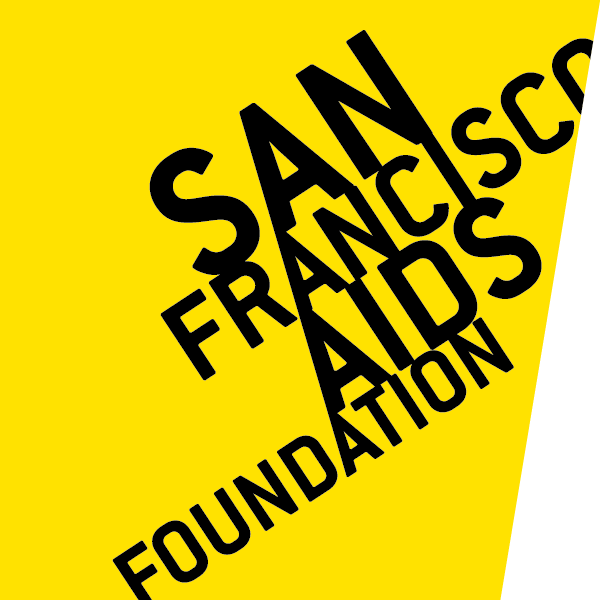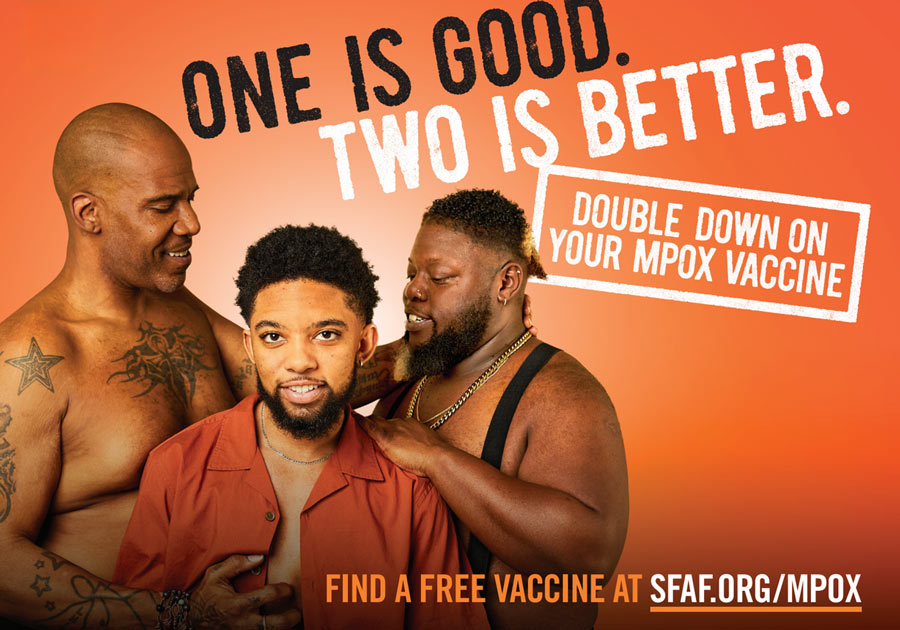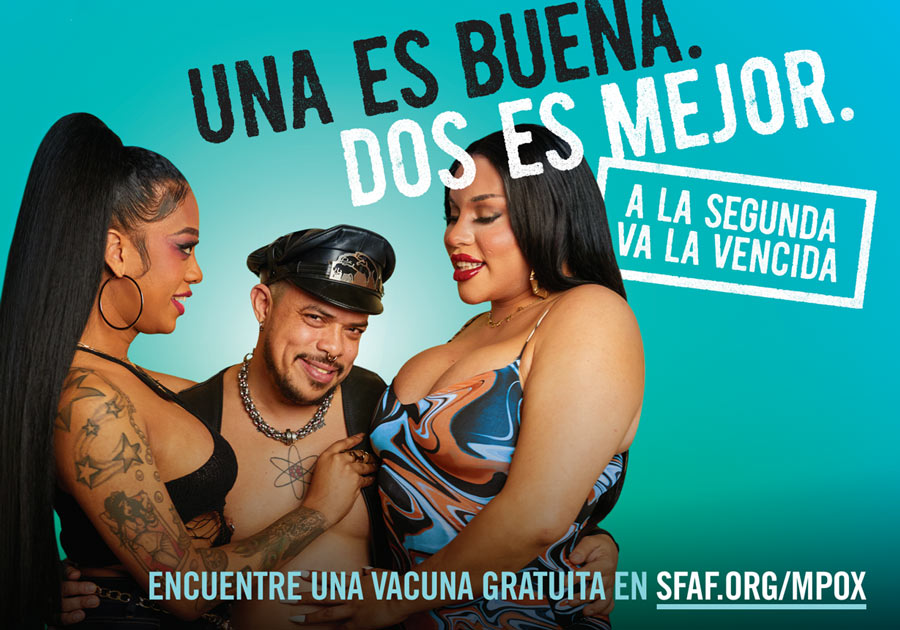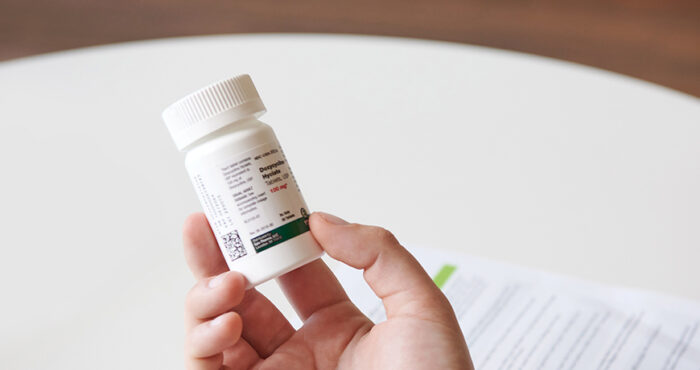#1 Get vaccinated
We recommend that people who may be at risk of mpox receive both doses of the JYNNEOS vaccine. It is important to receive both doses in the two-dose series in order to be best protected against mpox. The second dose can be given at least 28 days after the first dose. The CDC has more information about how to receive the first and second doses of the vaccine.
If you have not been vaccinated (received no doses) or have never had mpox infection and you have been notified about an exposure, you should receive the vaccine as quickly as possible to reduce the chance of developing an infection.
#2 Be aware, but not overly afraid
Mpox is transmitted from person to person during skin-to-skin contact with a person who has a rash (like during sex, or dancing), or contact with body fluids like when kissing and when engaging in water sports. Even though it’s technically possible to transmit mpox on surfaces (like if you share a towel with someone who has mpox), it’s less likely. There isn’t much risk of getting mpox from sharing things like toilet seats, pools, and gym equipment, or being in a steam room or sauna with someone who has mpox.
If you believe you have mpox, the safest thing for yourself and the community is to stay home.
#3 It’s OK to be picky with your sex partners
We do this all the time — there are a ton of factors that go into choosing who you’ll have sex with and what you’ll do with that person (or people). Pay attention to how you’re making choices about who you hook up with, and be aware of situations that make you feel uncomfortable or beyond any limits you set for yourself. This advice can be about mpox, but also a reminder about safety and consent.
Keep in mind that condoms can reduce risk of mpox, but not eliminate risk entirely, since mpox rashes/lesions can show up all over the body.











